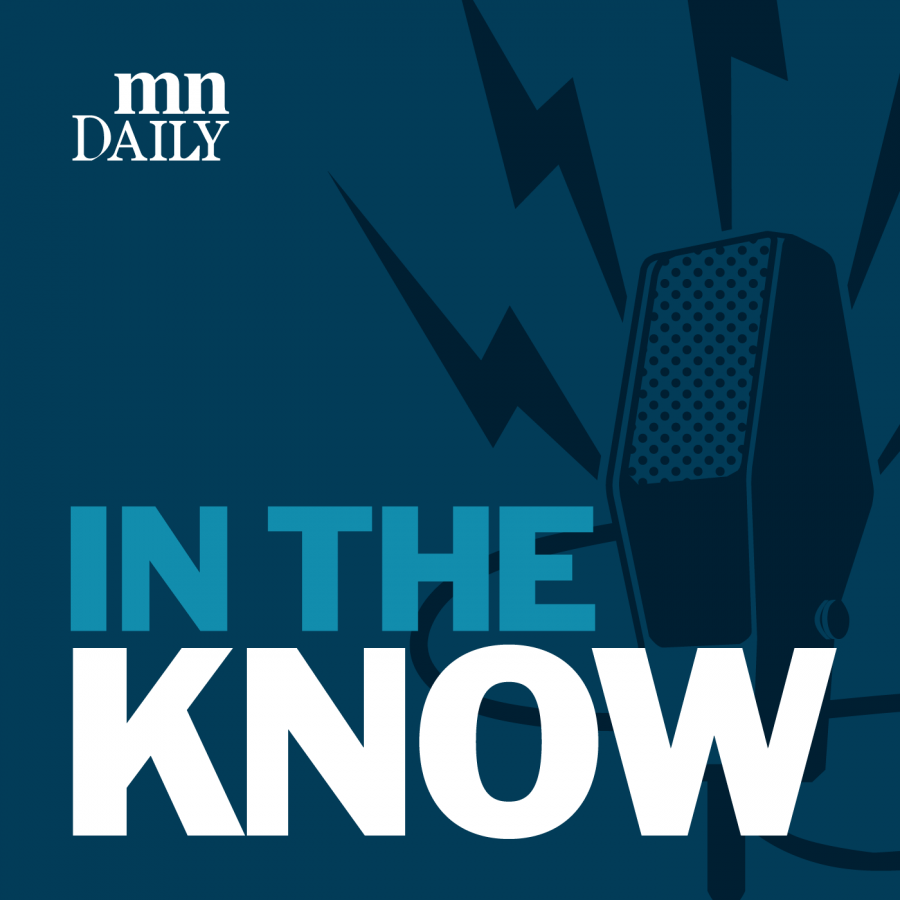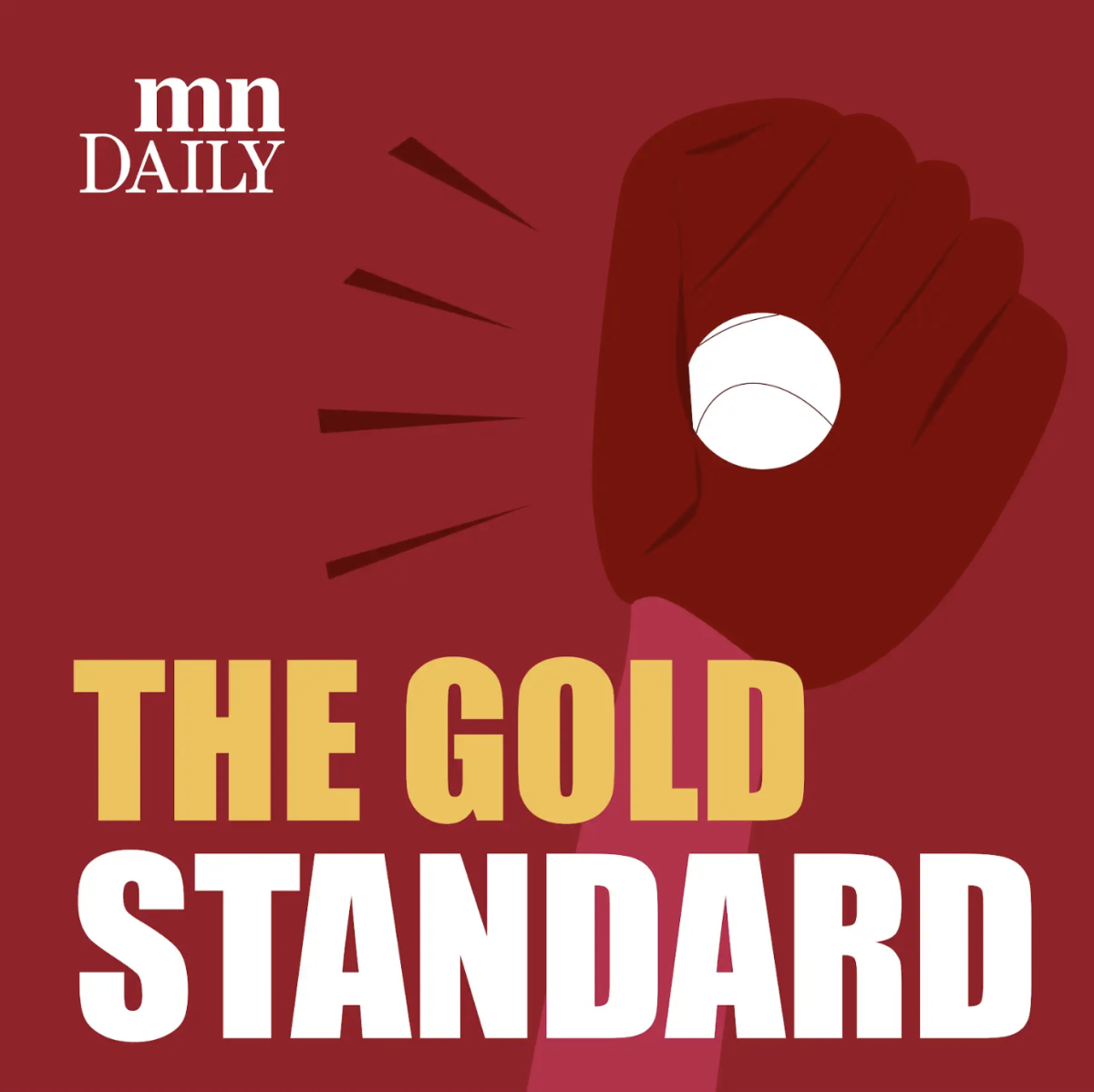INTRO MUSIC
STELLA MEHLHOFF: Hey, I’m Stella Mehlhoff and you’re listening to In the Know, a podcast by the Minnesota Daily. Each episode, we explore a new aspect of the University of Minnesota’s students and communities. This week, we’re talking about coffee shops, setting out to discover what local places mean to their employees, their customers, and their communities.
On Halloween, I went to the Como Neighborhood to speak with Em Astfalk, the store manager and team lead at Black Coffee and Waffle Bar. Astfalk makes a coffee and we sit down at a corner table next to a group of college-aged students.
According to their website, this was the first Black Coffee and Waffle Bar, opening in 2014. Now, they have three locations regionally. Between sips of coffee, Astfalk says that despite the expansion, this location has maintained a unique personality.
EM ASTFALK: This location in particular, we’re in like a industrial, almost like a rundown building that we’ve just covered with like art pieces of local artists that you can buy. Our bathroom, we joke that it’s like a coffee shop, dive bar, bathroom. It’s just covered with graffiti.
MEHLHOFF: Astfalk got their degree in Urban Planning at the University of Minnesota. They explain that their interest in coffee shops is academic. Places like Black Coffee and Waffle Bar play a particular role in custumer’s lives.
ASTFALK: This coffee shop is connected a lot to a concept of third place. The first and second place is your home and your work, so these are the places that you’re going to and from everyday, and obviously COVID has sort of altered that. But there’s a phenomenon called third places, which are just anywhere else you go: libraries, parks, coffee shops that you can just go and exist and connect with your community and just be in the world.
MEHLHOFF: While interviewing Astfalk, Aruchanan Armstrong was doing work on his computer and sipping a coffee. He wanted to comment about why he likes coming to coffee shops.
ARUCHANAN ARMSTRONG: When I said, I just get kind of stir crazy after a few hours in my apartment. It’s nice to just talk to people, like figure out what’s going on in the world and just kind of like getting out of your own space.
MEHLHOFF: Astfalk tells me that when most people come to Black Coffee and Waffle Bar, they spend their time eating waffles, hanging out with friends, and studying. But these are not the only things that bring people to the shop. Black Coffee and Waffle Bar also acts as a kind of public access point where people can get water, use the bathroom, and access wifi.
ASTFALK: I think a lot of times those are important resources that people come to use here. There’s a park right next door, so all the time we have like this group of little kids who come in and always want ice water and always want to use the bathroom and always want, you know, things like that.
MEHLHOFF: Astfalk tells me about one of their favorite guests, a regular named Barb. Barb’s lived in the same house in Como for years.
ASTFALK: And she is like really the heart of this community. She’s been coming in here every single day, sometimes twice a day. She always makes a point. She knows every single one of our names, she’s asking about my grandma, she’s asking about my boyfriend. You know, she’s very like engaged with us, and I have like built such a strong relationship with her as like sort of a grandmother figure in my life here, that last Sunday, me and one of my other coworkers here, we bond with her all the time over being readers and she had us over to her house on Sunday to come look through big stacks of books that she was like, “I have no reason to keep these sitting around, so you guys should come over and look through them.”
MEHLHOFF: To learn more about local coffee shops, I met with Ben Villnow over Zoom. Villnow used to be a barista at Gray’s in Dinkytown. According to the Minnesota Daily, Gray’s closed last July. According to the Daily, Gray’s struggled to cope with COVID-19 closures. Add to it the slow summer months with fewer people on campus. Villnow explains that Gray’s was largely targeted toward students.
BEN VILLNOW: That was kind of my boss’s main goal is like to have a place where like students can study, people can like do group projects, people feel comfortable like taking their families out to dinner there. Kind of just a comfortable place for college students that’s kinda like a go-to if that makes sense.
MEHLHOFF: When asked about his experience working there, Villnow emphasizes the community amongst his co-workers.
VILLNOW: This is funny. We always joked that my boss only hired hot people, which was like very narcissistic to say. Everyone was like really cool and I hate using this word, but everyone was like indie, and like we had a guy who made his own music and we have a girl who does art. Everyone was just like unique and like such a personality.
MEHLHOFF: He goes on to describe a favorite employee past-time.
VILLNOW: We would know when people were on a date at Gray’s. It was a very popular date spot. Like we would always know. So like we would always have our phones on us while we were working, so we would text updates about the date. So like the server would go over and overhear and like text me behind the bar and be like, “oh, I think it’s going well,” Or they’ll go update and they’d be like, “they’re still talking.” So like we would be invested in these dates people were on.
MEHLHOFF: Today, the building that used to house Gray’s is dark inside, but you can still check out the interior: a bookshelf, several tables, and the remaining funky decor.
VILLNOW: Like a lot of people liked Gray’s because it was a local sit down place in Dinkytown, and it kind of feels like it’s being bombarded by these pop in pop out, kind of chainy type places. Like we’re losing that side of Dinkytown, um, which is a lot of people’s favorite side of Dinkytown.
ASTFALK: There are very real issues just that comes with economic development a lot of the tim, with increasing rent prices and um, like people being drawn away from local establishments and going to like more name brand establishments just because it’s convenient, because they know it, because it stands out more.
MEHLHOFF: Armstrong offers a more optimistic perspective.
ARMSTRONG: You know I think there’s room for both, like local businesses and chain businesses. Like I mean sometimes even two coffee shops can complement each other.
ASTFALK: I just think there’s a bit more leeway and often times a bit more kindness in like local organizations and even in ways like we have a bulletin board there. And lots of times people come in, they put up their house show that they’re having, they put up a podcast that they’re hosting … We are just the hub for communicating that and for allowing people to like come together.
MEHLHOFF: After our conversation, Astfalk makes me a coffee and chats with another barista dressed as a frog. I stick around to get some work done and watch the customers come and go. Students sit and study, an old couple talks over pumpkin spice lattes, and a runner comes in for a quick glass of ice water.
ASTFALK: Um, hot miel, iced miel?
MEHLHOFF: Yeah, I’ll have a hot miel.
ASTFALK: Ok, Large? Small?
MEHLHOFF: Uh, I’ll have a small.
ASTFALK: Whole milk or…?
MEHLHOFF: Whole milk is good.
MEHLHOFF: This episode of In the Know was written by Stella Mehlhoff. It was produced by Abbey Machtig and Alberto Gomez. For questions, comments, or concerns please email us at [email protected]. Thank you for listening. As always, we’re glad you’re tuning in. Don’t forget to like and rate In the Know wherever you get your podcasts. I’m Stella Mehlhoff, and this is In the Know.









Retr0Spekt
Dec 10, 2022 at 4:14 pm